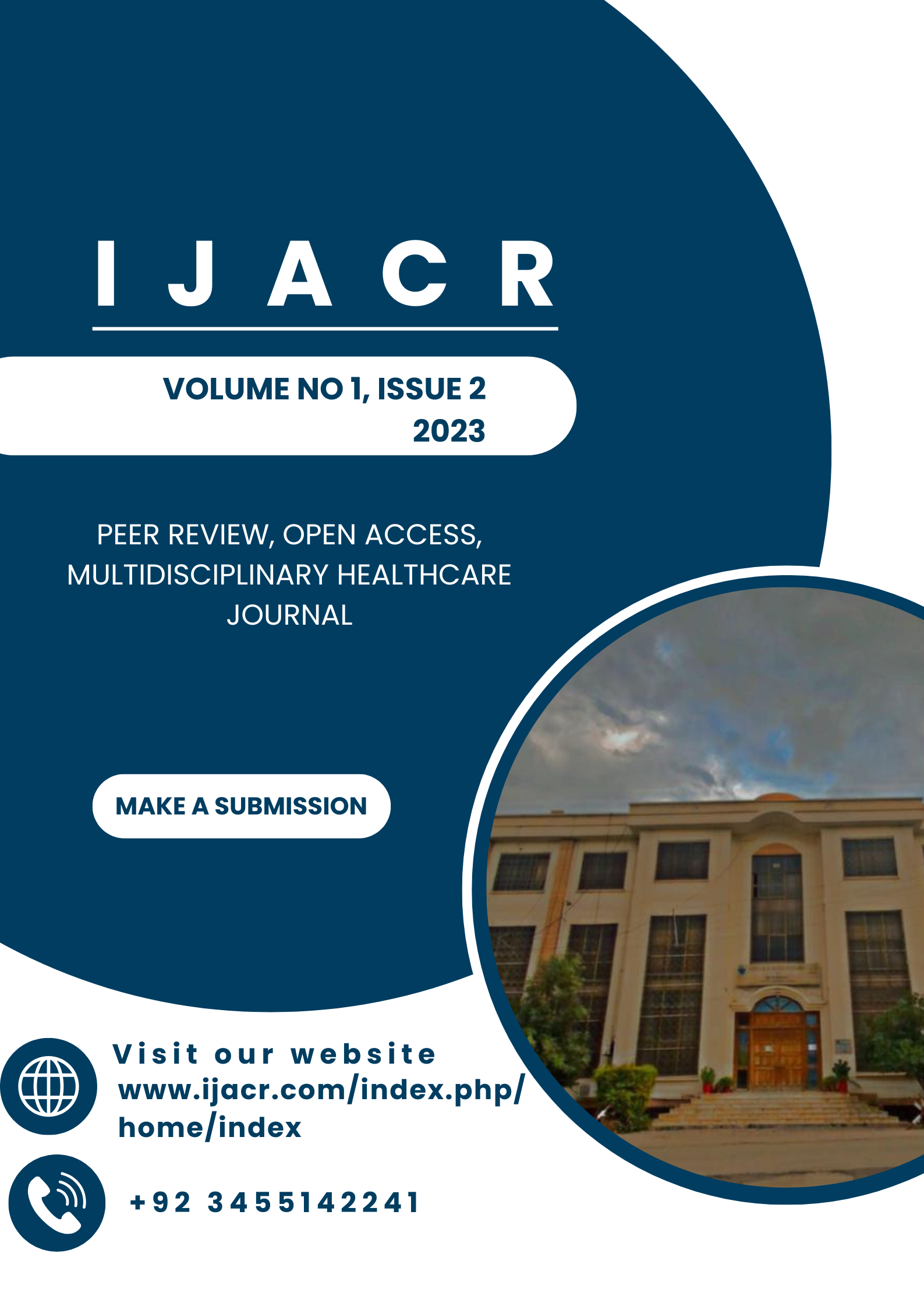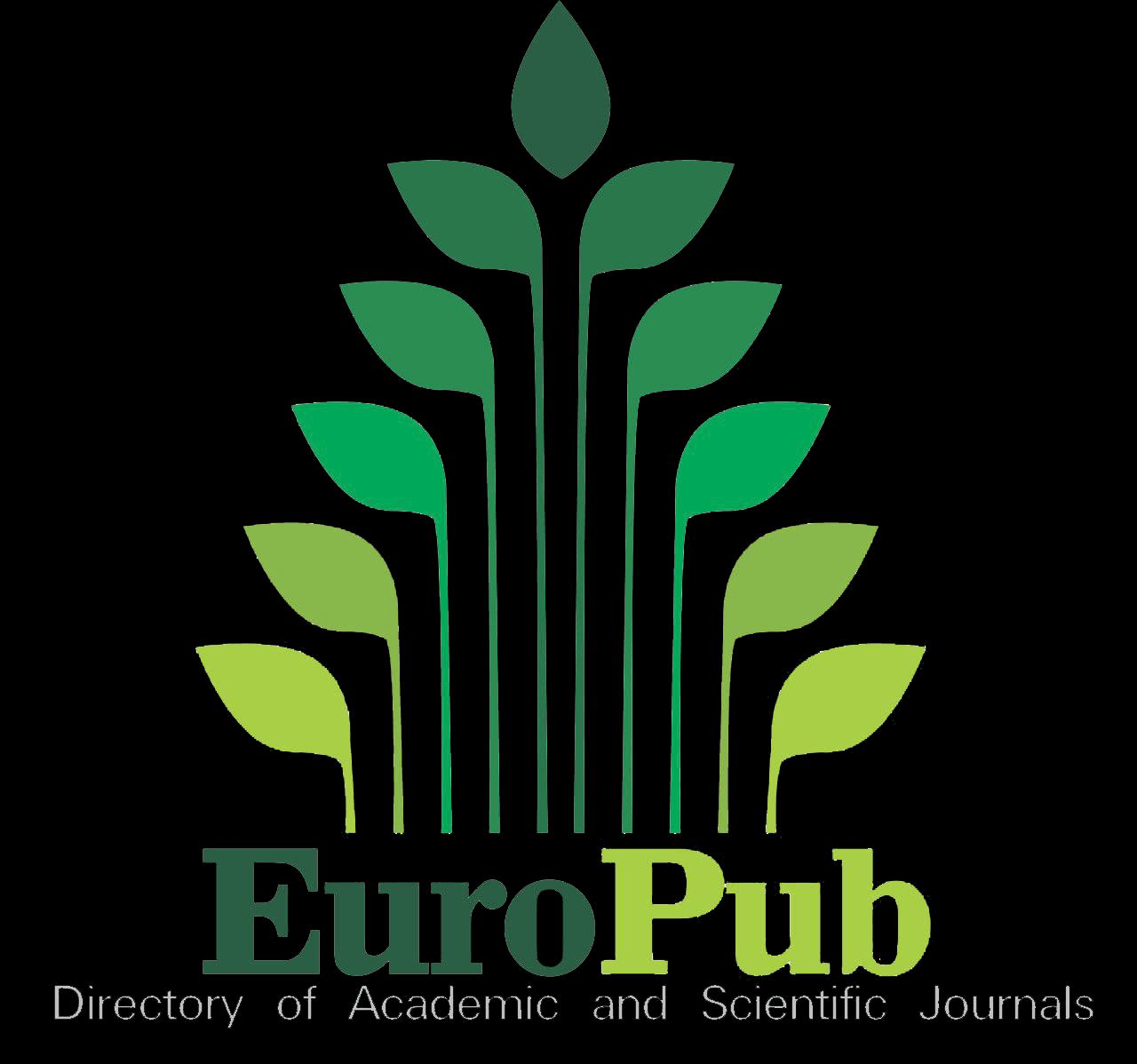Molecular characterization of β-Thalassemia in Mehsud and Wazir tribes of inbreed Pashtun Population showed different patterns, indicating genetic heterogeneity for β-Thalassemia
Keywords:
Hemoglobin (Hb), Prenatal Diagnosis (PND), beta-thalassemia (β-thal).Abstract
β-Thalassemia (β-thal) is a monogenic disorder characterized by mutations in the HBB gene, which affect globin production, leading to hypochromic and microcytic anemia. This hereditary blood condition is marked by a decreased or absent synthesis of the β-globin chain of hemoglobin. It is notably prevalent in regions with a high prevalence of consanguineous marriages, such as the Pashtun population. The present study aimed to assess and compare the incidence of the most commonly occurring mutations of β-thalassemia in the Mehsud and Wazir tribes of Pashtun ethnicity. Additionally, the study examined the inheritance patterns of these mutations in patients and explored the level of consanguinity among parents. The findings hold potential significance for prenatal diagnosis (PND), genetic counseling, and carrier screening, which could help manage and reduce the occurrence of affected births within these tribes and the broader Pashtun population. This study involved the collection of 230 peripheral blood samples from affected patients, their parents, and siblings from families with at least one transfusion-dependent child, as well as sporadic patients from the Mehsud tribe. These samples were collected from various areas of the South Waziristan tribal district in the Mehsud region of Khyber Pakhtunkhwa (KP), Pakistan. A similar approach was followed for collecting 230 blood samples from the Wazir tribe, residing in different areas of the Frontier Region (FR) Bannu, KP, Pakistan. All samples were analyzed using the Amplification Refractory Mutation System Polymerase Chain Reaction (ARMS-PCR) technique to detect the six most common β-thalassemia mutations prevalent among Pashtun populations. The findings revealed some unique characteristics, particularly within the Mehsud tribe. The most prevalent mutation in this tribe was codon 41/42 (–TTCT), followed by frameshift codons FSC 8/9 (+G) (HBB: c.27_28insG), IVS-I-5 (G>C), and FSC-5 (–CT). Interestingly, the mutation spectrum in the geographically adjacent Wazir tribe differed. In this tribe, IVS-I-5 (G>C) was the most frequently detected mutation, followed by FSC-5 (–CT), among the six reported mutations. The findings of this study reveal distinct heterogeneity in the mutation patterns of β-thalassemia between the geographically adjacent Mehsud and Wazir tribes of the Pashtun ethnicity. These results highlight the importance of tailored parental counseling to address disease recurrence effectively. Furthermore, they emphasize the need for large-scale mutation screening and comprehensive prenatal diagnostic efforts within the Mehsud and Wazir tribes, as well as the broader Pashtun population.


